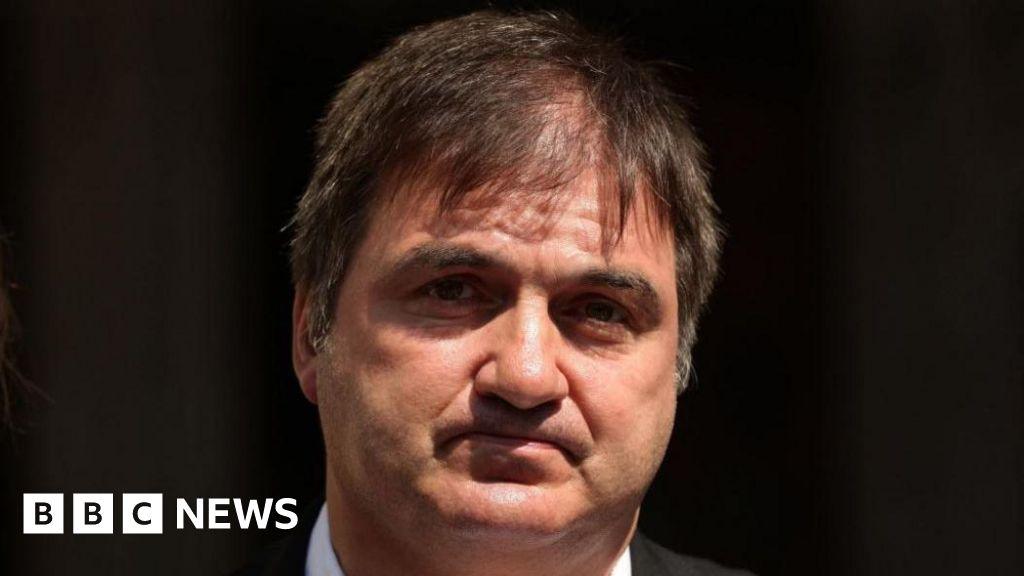Barry George: A Controversial Figure in the Jill Dando Case

Introduction
Barry George remains a significant figure in one of the most talked-about cases in British criminal history: the murder of television presenter Jill Dando. The case impacted public perceptions of justice and media representation of crime, making it a subject of ongoing discussion and analysis. With new developments in forensic technology and discussions surrounding wrongful convictions, George’s story serves as a poignant reminder of the complexities of the legal system.
Background of the Jill Dando Case
Jill Dando, a beloved figure in British television, was shot dead outside her home in London in April 1999. The murder attracted immense media attention and public shock. Barry George was arrested and subsequently charged with her murder based largely on forensic evidence linking him to the crime scene, including a firearm residue found on his clothing. Initially convicted in 2000, George’s conviction was heavily scrutinised.
Legal Controversies Surrounding Barry George
George’s case has been marred by numerous legal disputes and controversies. The evidence against him was considered weak and circumstantial, leading to public outcry over his conviction. In 2008, after serving nearly eight years in prison, George was acquitted following a retrial which concluded that the evidence was not strong enough to prove his guilt beyond reasonable doubt. This acquittal raised substantial questions regarding the integrity of the initial investigation and prompted discussions about wrongful convictions in the United Kingdom.
Impact on Society and the Media
The trial and subsequent acquittal of Barry George sparked widespread media coverage and discussions about the potential biases present within the criminal justice system. It shone a light on the treatment of individuals accused of high-profile crimes and the impact of sensationalist media narratives. The case has since been examined in documentaries and articles that delve into both the nuances of the investigation and broader implications for justice.
Conclusion
Barry George’s story, intertwined with the tragic murder of Jill Dando, reflects the complexities within the legal system and the media’s role in shaping public perceptions. As discussions continue about wrongful convictions and justice reform, George’s case remains a significant chapter in the conversation about fairness in the judicial process. The evolving nature of forensic science and legal examination is likely to produce further insights into similar cases, highlighting the need for an ongoing dialogue about the rights of the accused and the responsibilities of the judicial system.
